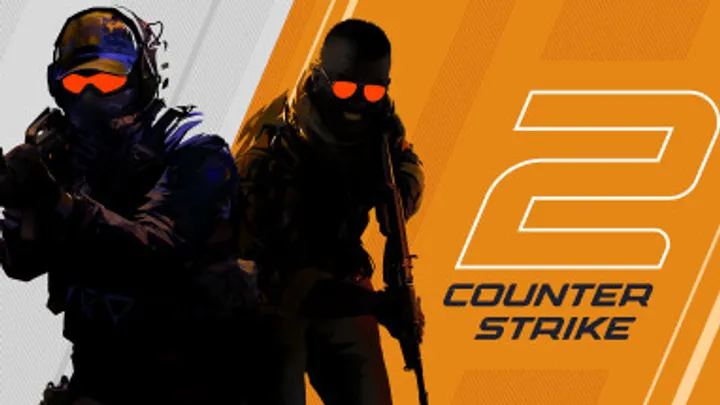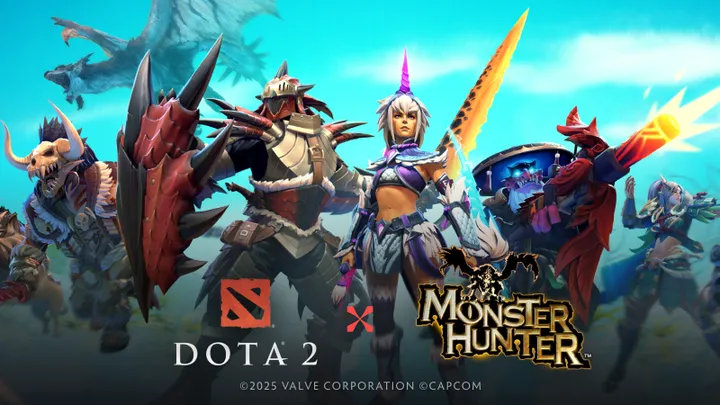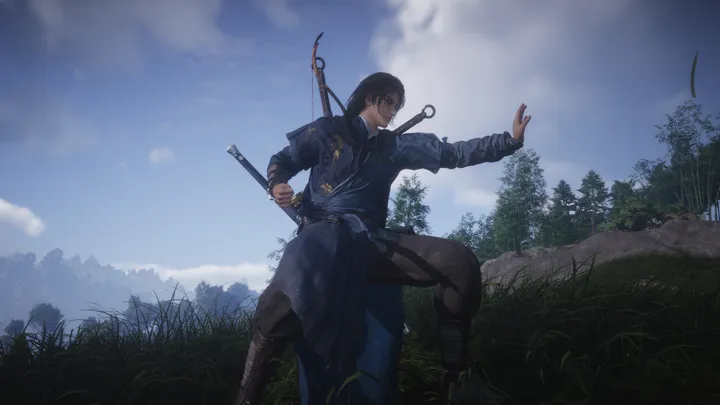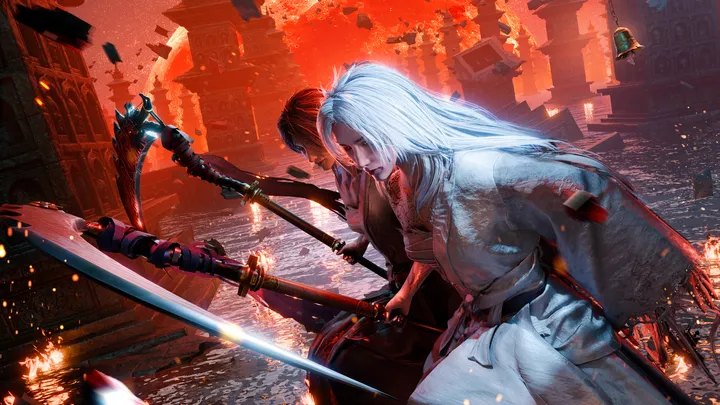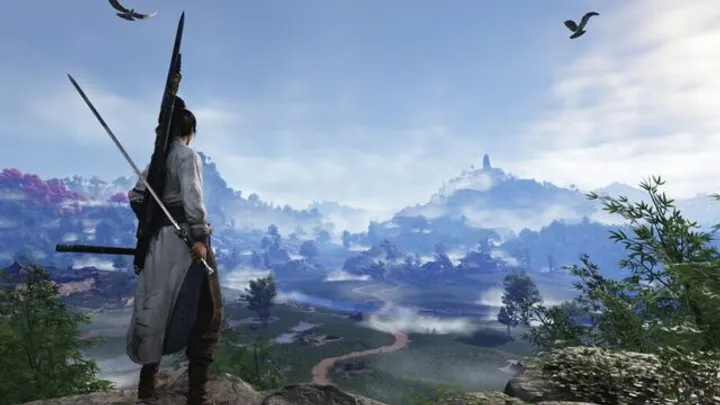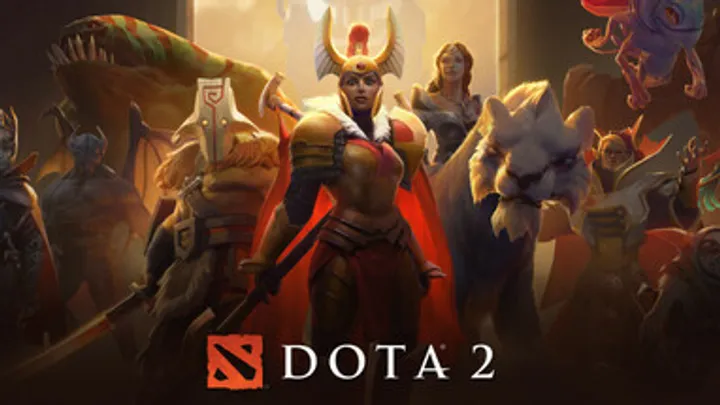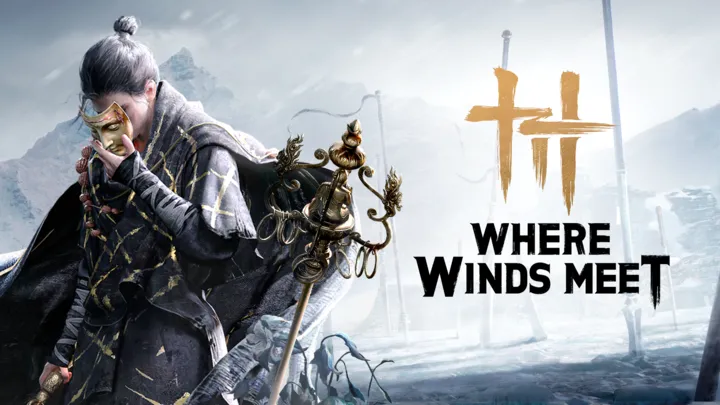In Where Winds Meet, the latest Wuxia-inspired open-world action RPG from Everstone Studio and NetEase, players navigate a sprawling world of martial arts, sect conflicts, and historical intrigue. Beyond its visuals, combat, and story, the game’s most distinctive feature is its AI-powered NPCs. These NPCs respond dynamically to player interactions, creating a living social fabric. This article explores how AI NPCs function, their impact on gameplay, and their philosophical significance in a Wuxia setting.
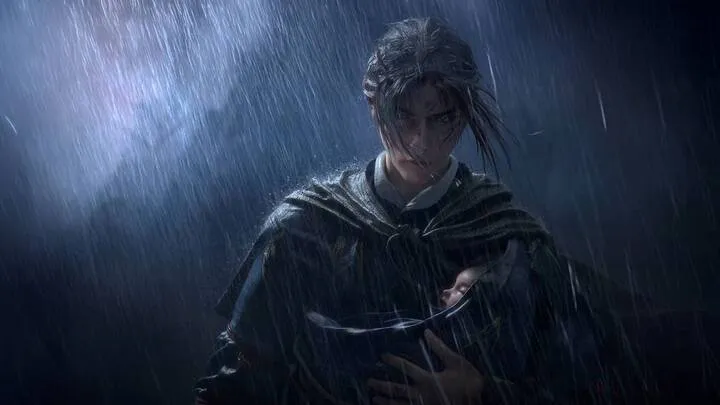
The Birth of Conversational NPCs: Design Intentions
The developers of Where Winds Meet integrated large-language-model (LLM) NPCs to redefine role-play. Unlike scripted dialogue trees, these NPCs respond contextually and adaptively, providing open-ended conversations.
The design reflects the essence of Jianghu, the martial world beyond political power. In traditional Wuxia stories, personalities, grudges, and alliances govern interactions. AI-driven NPCs simulate this social complexity, making players feel they are interacting with real individuals.
This approach reinforces the game’s emphasis on freedom and choice. Players shape their story not only through combat but also through dialogue, making conversational agency a key gameplay component.
How the AI NPC System Works
The Underlying Technology
The AI NPCs are powered by LLMs trained to maintain coherence in a historical Wuxia setting. These NPCs remember past interactions, respond to player backgrounds, and adjust tone based on relationships. This memory component makes them feel semi-persistent and realistic, adding depth to player interactions.
Role and Scope in Gameplay
Not all NPCs are AI-driven; the system focuses on certain roles like wandering martial artists or quest-related characters. AI NPCs can provide role-play exchanges, emergent quests, and opportunities for social experimentation. Players report forming bonds, triggering unique story beats, and testing boundaries with NPCs.
Community Reactions: Between Amazement and Discomfort
Enthusiastic Role-Players
Some players embrace AI NPCs fully, enjoying unpredictable interactions and deeper immersion. They recount forming emotional or strategic relationships, reflecting the game’s commitment to a living Jianghu. NPCs act as allies, rivals, or dramatic partners, enhancing role-play authenticity.
Critics and Immersion Concerns
Others criticize AI NPCs for breaking immersion. Responses may be anachronistic or inconsistent with historical Wuxia speech patterns. Some players feel distracted by the unpredictable dialogue, and misuse can produce inappropriate or absurd narratives. AI-driven interactions can clash with traditional expectations of scripted, lore-consistent RPGs.
The Cultural Significance: AI Meets Wuxia Philosophy
Reflection of Jianghu Ideals
Jianghu is a moral and social sphere governed by honor and relationships. AI NPCs emulate this by reacting as individuals, creating a world where dialogue carries consequences. Players navigate interpersonal power struggles and moral choices in ways traditional quest structures cannot replicate.
Bridging Tradition and Innovation
Integrating AI with historical aesthetics reimagines the Wuxia period through a modern lens. Conversations can be deeply personal, unpredictable, and philosophically engaging, prompting reflection on agency, identity, and authenticity.
Technical and Design Challenges
Memory, Consistency, and Scale
AI NPCs require memory for coherence without overwhelming resources. Only select NPCs store conversational context, prioritizing role-play and quest-linked figures. Scaling AI interactions across a vast open world demands efficient caching and selective activation.

Moderation and Safety
Open-ended conversations require filters and supervision to avoid harmful, offensive, or lore-breaking content. Balancing authenticity, historical accuracy, and freedom of expression presents ongoing challenges for developers.
Emerging Social Dynamics in the Player Community
Role-Play, Romance, and Role Inversion
Players experiment with emotional or humorous interactions, courting NPCs or creating absurd narratives. These dynamics generate discussions about the nature of AI relationships, blending role-play with emergent storytelling.
Community Critique and Memes
Reddit and forums are filled with debates and memes about AI NPC behavior. Critiques range from anachronistic responses to absurd scenarios, yet this engagement shows that the AI system resonates strongly with players.
Trade-offs: Benefits and Risks of Generative NPCs
Strengths
- Immersive role-play with NPCs that genuinely converse
- Emergent storylines and dynamic dialogue
- Replay value with varied interactions
- Philosophical depth reflecting Wuxia principles
Risks / Downsides
- Occasional immersion breaks due to anachronism
- Technical demands for memory and scale
- Moderation and content filtering challenges
- Player expectation mismatch
- Ethical concerns around AI-emulated emotional relationships
Design Lessons and Broader Implications
AI NPCs offer lessons for open-world RPG design:
- Hybrid dialogue models combine scripted and AI-driven interactions
- Limited memory systems provide continuity without overload
- Robust content filtering ensures safety
- AI NPCs expand player agency into dialogue and persuasion
- Aligning AI mechanics with cultural or philosophical structures enhances immersion
Looking Ahead: The Future of Jianghu and AI
Potential directions include memory expansion, AI learning from player interactions, dynamic narrative events, cross-platform role-play, and enhanced ethical frameworks. These developments could deepen engagement and redefine what open-world RPGs can offer in narrative and social complexity.
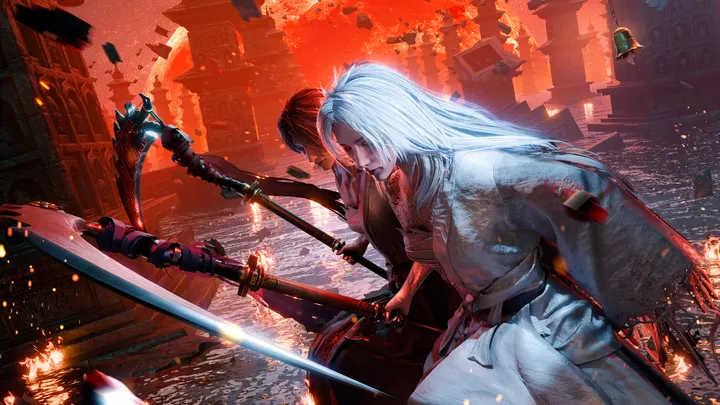
Conclusion
Where Winds Meet’s AI-driven NPCs reshape the social and moral fabric of its Wuxia world. By granting NPCs conversational agency, the game creates unpredictable, emotionally rich interactions that mirror the complexity of Jianghu. While challenges exist in moderation, consistency, and immersion, the system demonstrates a new frontier in open-world RPG storytelling. Players navigate not just combat, but social relationships that carry real weight in a dynamic, living world.









